
© Erik Tomasson. (Click image for larger version)
San Francisco Ballet
Must-see Balanchine: Stravinsky Violin Concerto, Prodigal Son, Diamonds
★★★✰✰
San Francisco, War Memorial Opera House
7 March 2017
www.sfballet.org
The soloists and principals of San Francisco Ballet brought unique interpretations to George Balanchine classics for the company’s fourth program of the season, a varied survey of Balanchine’s oeuvre. The March 7 opening night was especially festive, with the repertory-season return of Sarah Van Patten, major role debuts by Joseph Walsh and Sofiane Sylve, and a reverent reception for Vanessa Zahorian, who will retire at the end of this season.
Van Patten danced in top form in her main-stage return from maternity leave. In Stravinsky Violin Concerto, a leotard ballet choreographed in 1972, she was on top of the jazzy syncopations in Aria I. Her partnership with Luke Ingham, debuting in the ballet, went mostly smoothly as they twisted and turned through an overstretched, intertwined pas de deux that is as dissonant as the music.
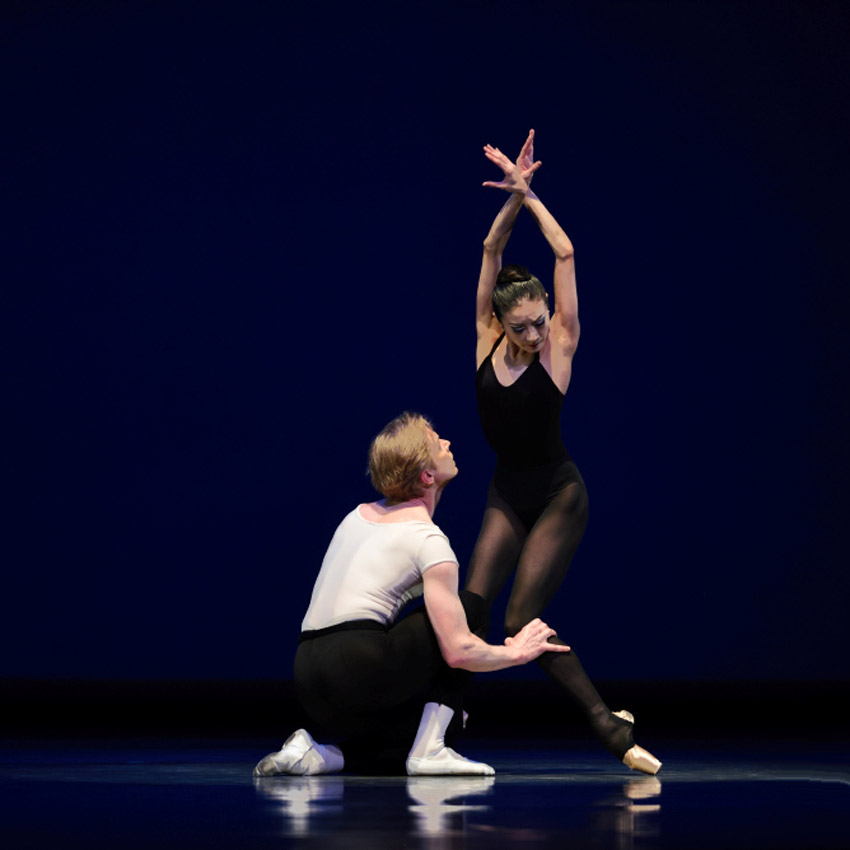
© Erik Tomasson. (Click image for larger version)
Tiit Helimets partnered Yuan Yuan Tan in Aria II. Her extreme flexibility would seem to be an asset in such an acrobatic ballet; but combined with her boneless lyricism, it blurred the lines between positions. Eight corps women and eight men filled out the cast; the men in particular elevated the performance with easy unison, airy ballon and powder-soft landings.
Joseph Walsh and Sofiane Sylve were an explosive mixture in Prodigal Son, a narrative parable choreographed in 1929 for the Ballets Russes, with an original score by Sergei Prokofiev. It’s intriguing to imagine what it must have been like to see it for the first time back then, when the stock market was crashing and radical performance was on the rise. George Rouault’s sets and costumes are timeless, and their pared-down efficiency – a tent, a backdrop and a 10-foot fence conjure a Biblical world – is refreshing in this era of glutted over-staging.
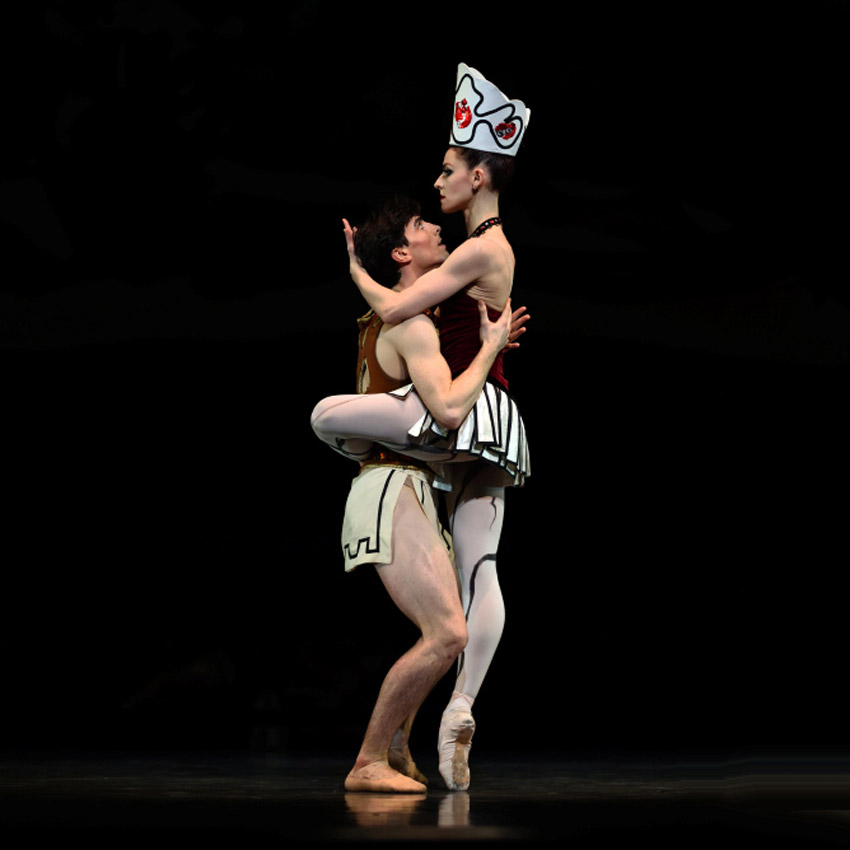
© Erik Tomasson. (Click image for larger version)
In the title role of the boy who wastes his privilege and crawls home chastened, Walsh ranged from coltish and high-kicking at the start to naively lured by Sylve’s Siren, to fully embraced in her slithering allure. Their central embrace was staggeringly erotic, as the goon squad dance around them like avatars of the id. In the wake of Sylve’s take-no-prisoners hauteur, a wrecked and ravaged Walsh climbed into the forgiving arms of his father (Ricardo Bustamante).
Vanessa Zahorian shone brightest of all in Diamonds, the third part of Balanchine’s 1967 Jewels, a plotless triptych inspired by gems from Van Cleef and Arpels. The pas de deux, created for Balanchine’s muse Suzanne Farrell, is one of Zahorian’s favorite roles, and she was radiant in it alongside Carlo Di Lanno.
Diamonds evokes Imperial St. Petersburg in choreography that looks effortless yet requires masterful skill and musicality. Zahorian’s cambrés were languorous and luxuriant, her bourrées supple, her pirouettes unhurried, she had time to spare in arabesque balances. Her joy was infectious as she sailed through the footwork and turn combinations in her variations. It was a lovely crowning moment for her career. Di Lanno partnered her gently and dispatched his own variations of double tours and a manège of jetés, with refined elegance.

© Erik Tomasson. (Click image for larger version)
Less dazzling was the corps of twelve couples, who get a lot of stage time in extended ensemble sequences as well as accompaniment to the principals – without fierce unison, a large corps quickly devolves into a chaotic distraction. The four soloist couples brought much-needed focus; Lauren Strongin and WanTing Zhao set a standard for the rest to meet.








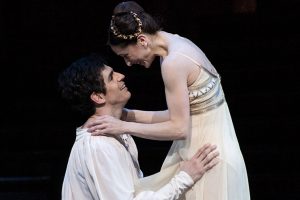
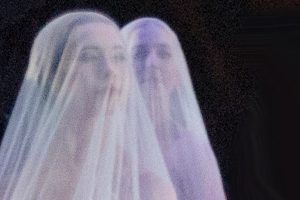
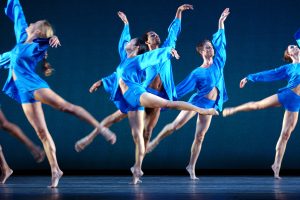

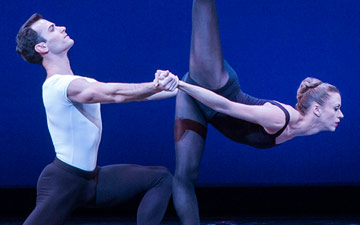
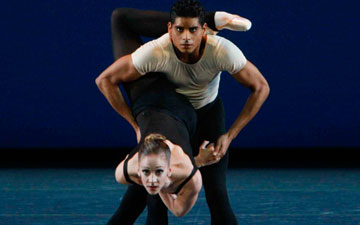

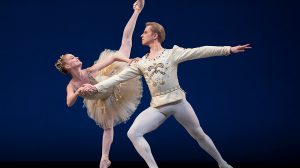
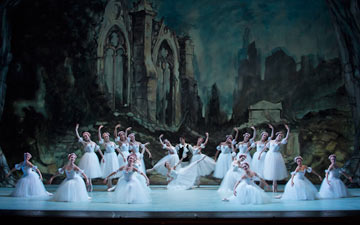
You must be logged in to post a comment.